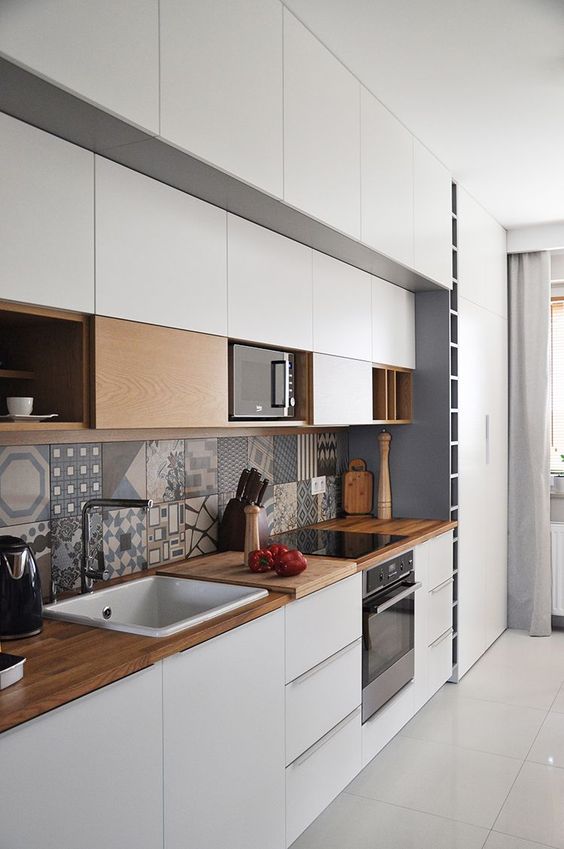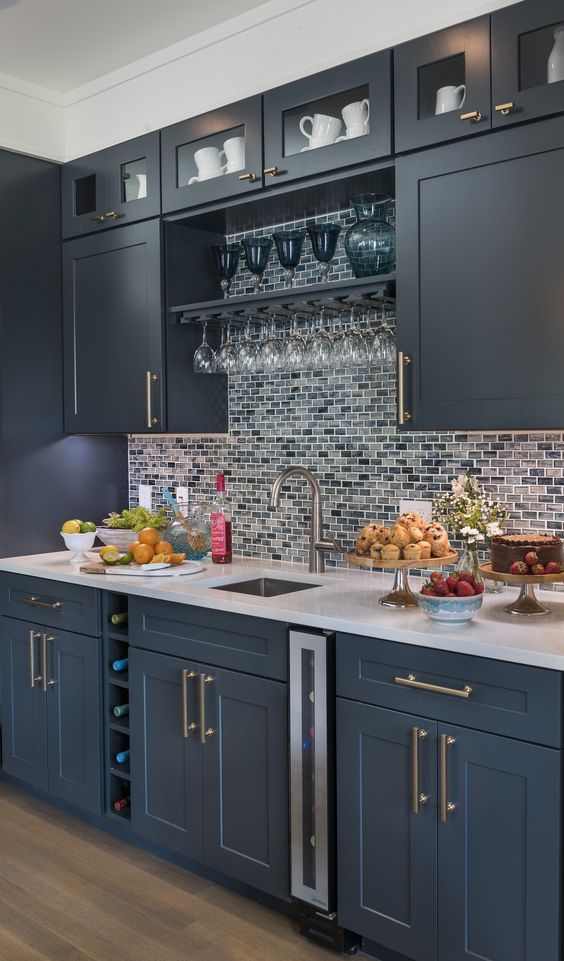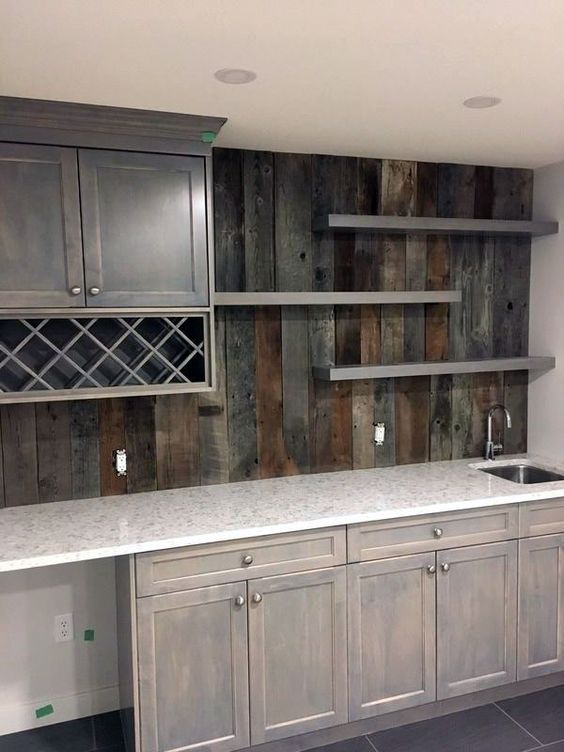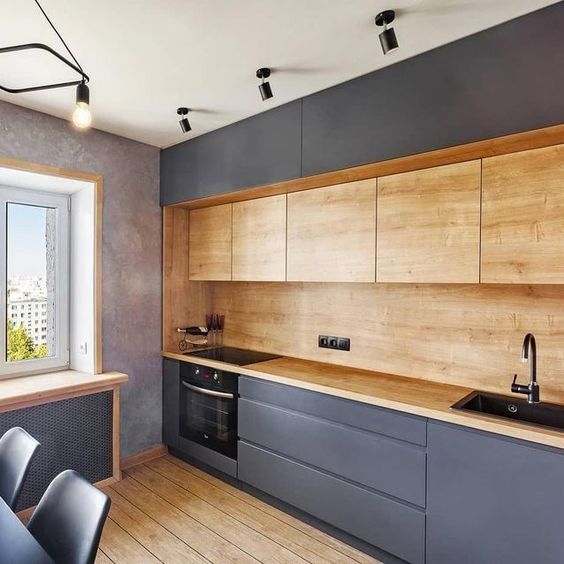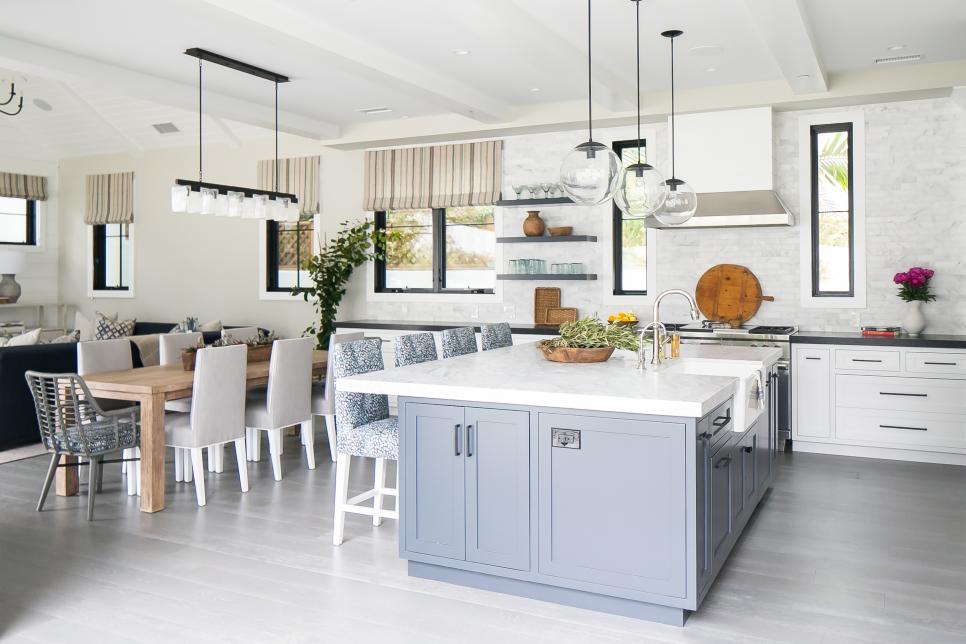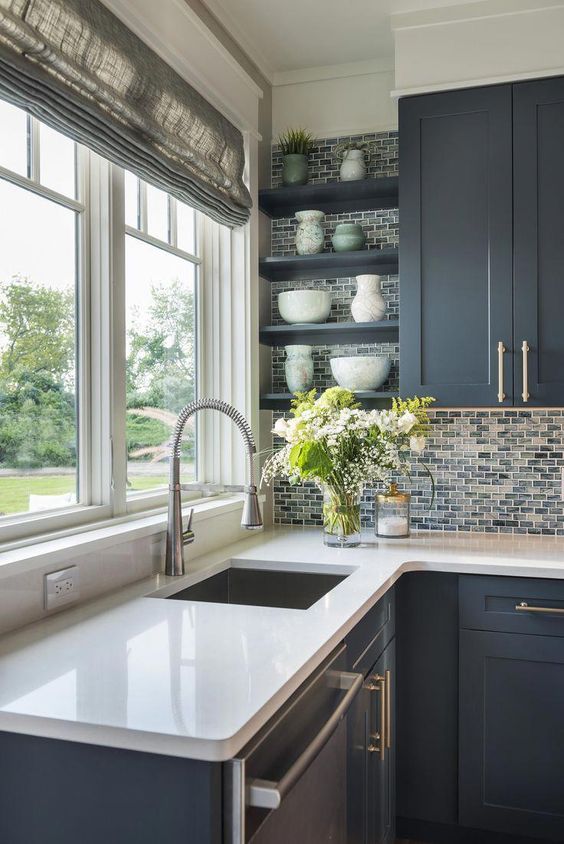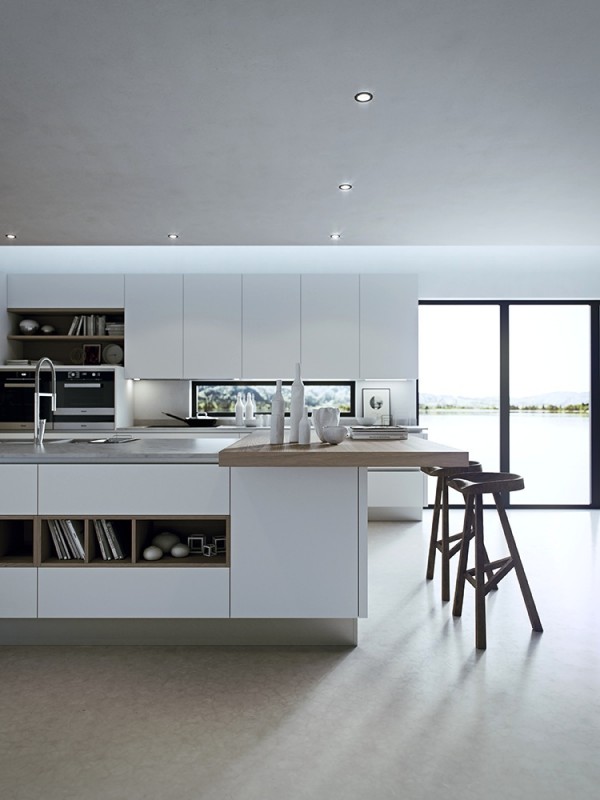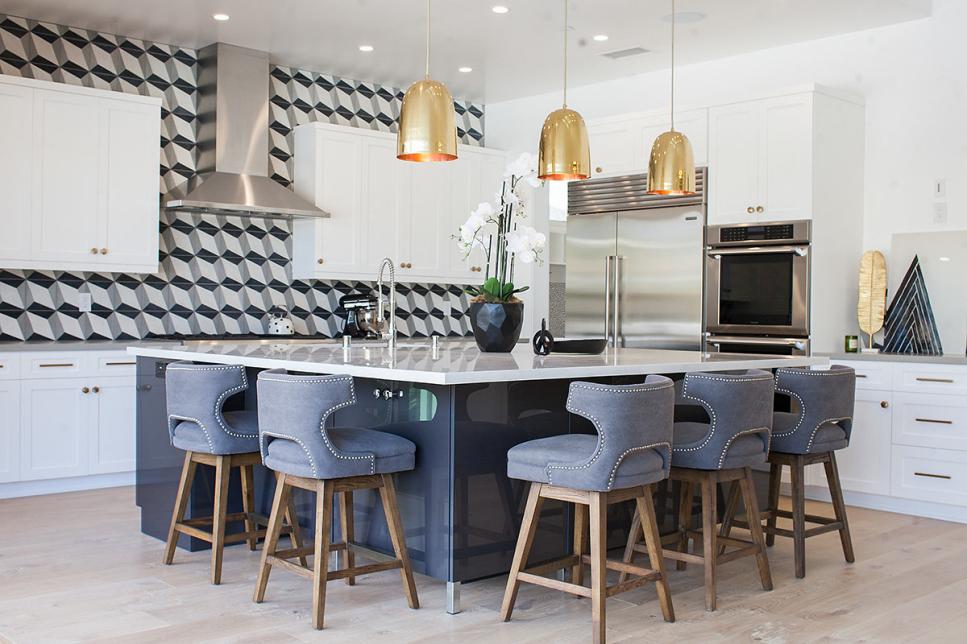Tips for smart home renovation investments. As it’s been said before, we are the generation of renovation. Ask any friend and I bet you my lunch that almost all of them have either done or will be doing a renovation. (If you’re really quite sure no one you know has or plans on living through a renovation, then I hope you like peanut butter!)
There are two main reasons for renovating. The first is to improve your current home based on your own personal needs (not wants, needs). This is the primary reason to justify expensive projects, such as adding a second-story addition, finishing the basement, or extending the kitchen. It’s a renovation that will require a lot of work, money, and inconvenience, but will allow you and your family to enjoy the home more fully in the up-coming years.
There are two main reasons for renovating. The first is to improve your current home based on your own personal needs (not wants, needs). This is the primary reason to justify expensive projects, such as adding a second-story addition, finishing the basement, or extending the kitchen. It’s a renovation that will require a lot of work, money, and inconvenience, but will allow you and your family to enjoy the home more fully in the up-coming years.
The second reason people use to to justify a renovation is that they are adding value to their home. This is a problem. Evidence shows that it’s a lot easier to justify spending money if you think you’re getting a rebate—and convincing yourself that your $15,000 bathroom remodel will add $20,000 in value to your home is the psychological version of a rebate. The big problem with this is that people will then use these mental gymnastics to justify financing a renovation—and take on debt today, in order to increase your home’s value tomorrow is not financially savvy (particularly with rates poised to rise, which will prompt a cooling housing market and declining housing prices).
According to the Appraisal Institute of Canada (AIC) homeowners should follow these 4 general tips when renovating:
#1. Choose improvements with long life expectancy
These are the less-than-sexy remodel jobs, such as new roofing (every 15 to 25 years for asphalt tile), a new furnace (every 10 to 15 years), or a new A/C unit (every 10 to 15 years). These improvements can offer savings in the year of renovation and in the years to come. For instance, replacing all the windows in your home could cost $10,000 or more, but the AIC estimates that this renovation will provide a return on investment (ROI) between 50% and 75%. Since outdated or improperly working windows and doors are major contributors to a home’s energy loss—up to 20% by some estimates—repairing or replacing these features will provide immediate savings and will add value to your home. Now, that’s a smart reno.
#2. Invest in modern updates, particularly in high traffic areas
The kitchen and bathrooms are key areas that hold their value if the finishes are contemporary and neutral. However, an entire renovation isn’t always required. For instance, wooden kitchen cabinets can be easily updated by resurfacing the doors and changing the hardware. You can also modernize and update the look of your kitchen by changing the countertop and replacing lighting and plumbing fixtures.
However, if your kitchen or bathroom layout just doesn’t work or your cabinets are beyond the point of resurfacing, it may be time to consider a full renovation. According to the AIC, you can expect a 75% to 100% ROI on a major kitchen remodel or extension.
But I need to point out that even the most well-thought out and contemporary remodel today will look dated in 15 years, so don’t bank on a dollar-for-dollar return on your remodel budget if you don’t plan on selling for a few decades. Still, if you’re renovating with your own family in mind, you can develop a smart plan by asking for features that are easy to update when it comes time to sell. A good designer and contractor can easily help in this situation (and can very often get you industry discounts!).
#3. Don’t overlook (or underestimate) the more inexpensive remodel jobs
The return on investment for a fresh coat of paint is up to 165%—the best ROI of any home improvement. Other smaller remodel updates that don’t break the bank include replacing the front door, updating the home’s lighting fixtures, and adding (or rejuvenating) landscaping.
Inexpensive remodel jobs aren’t isolated to a few fixtures, either. Removing carpet and installing hardwood goes a long way to increasing your home’s appeal to potential buyers and according to the AIC, the ROI on floor upgrades ranges from 50% to 75%. That means if you spend $5,000 redoing your floors, you can expect to recoup anywhere from $2,500 to $3,800 of your costs.
#4. Consider energy efficiency
According to a variety of appraisal sources, energy-efficient renovations are considered to have one of the highest paybacks, relative to cost.
